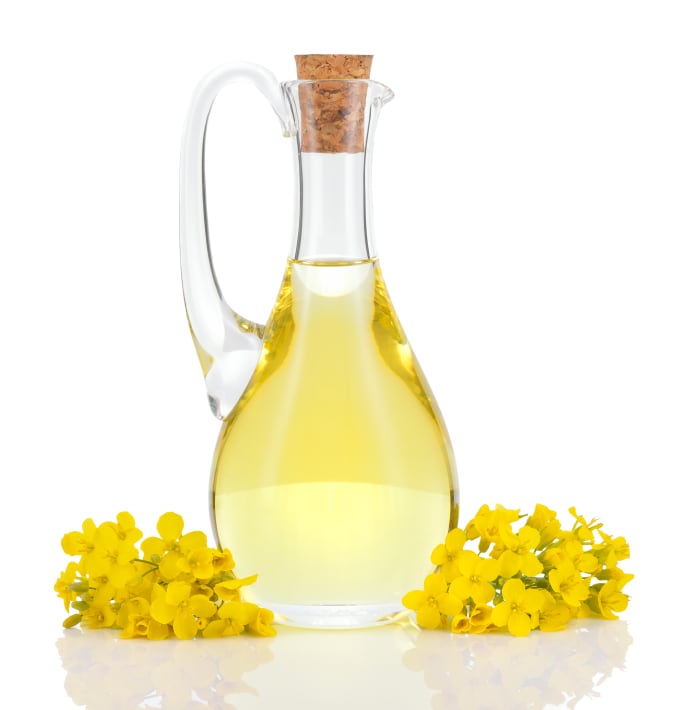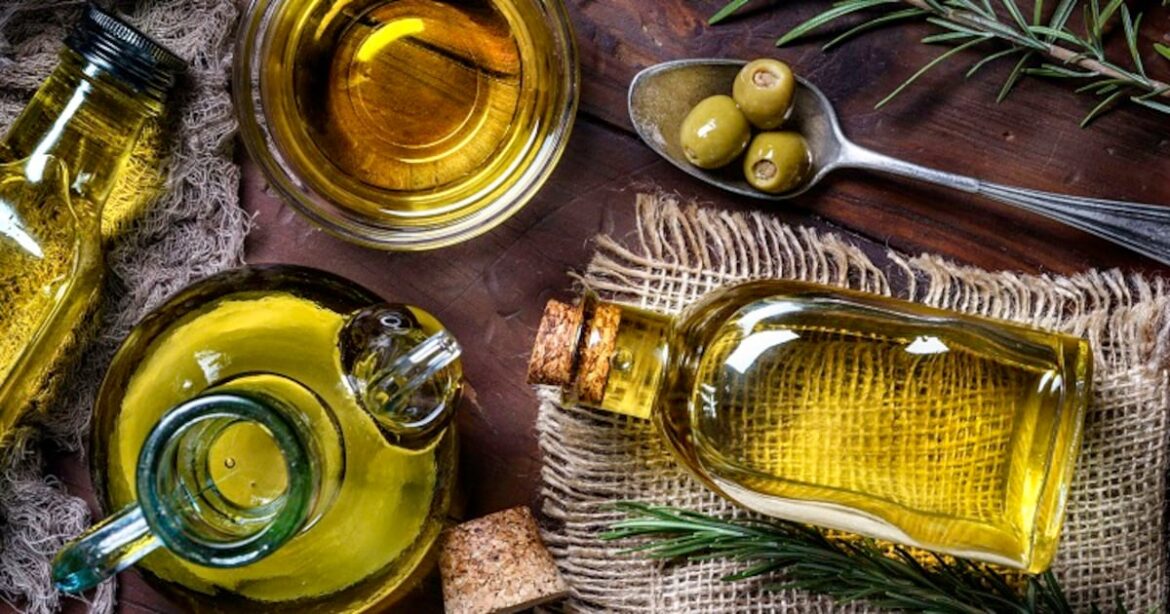Food fraud is rising globally, with the 2025 Food Fraud Vulnerability Index report showing a marked increase in criminal activity across all sectors.
But while some products have escaped nefarious interest others, including olive oil, have become major targets.
Olive oil a major fraud target
Cases of olive oil fraud continue to rise with multiple reports in the last year alone. Recently, Portuguese officials announced they had seized over 16,000 litres of cooking oil falsely labeled as olive oil, along with 82,000 counterfeit labels.
Italian police confirmed they had cracked a criminal ring blending low-grade oils with chemicals and selling them as extra virgin olive oil, threatening consumer safety and undermining PDO (Protected Designation of Origin) or PGI (Protected Geographical Indication).
And a joint investigation between Europol and 29 European countries, targeting counterfeit and substandard foods and beverages, led to the dismantling of 11 criminal networks, the issuing 104 arrest warrants, and the identification of 278 individuals to be reported to judicial authorities. Key findings from the case, codenamed Operation OPSON XIII, included adulterated olive oil, as well as mislabelled tuna, and expired foods with fake dates.
Why is olive oil a target for fraud?
The sharp rise in olive oil prices has made it an attractive prospect for criminals leading to a spike in cases across Europe and the globe.
“You can sell a half-litre bottle of olive oil for between 20 and 70 euros,” says Arsen Khachaturyants, CEO of Arsenio. “Fraudsters see this as an opportunity, by just labelling oil as olive oil, or olive oil as extra virgin olive oil.”
Added to this, olive oil adulteration remains difficult to detect.
“Food adulteration is becoming increasingly sophisticated, with some methods altering products at the molecular level which are often beyond the detection capabilities of current laboratory techniques or the techniques required are very expensive,” says Lauryna Nelkine, head of health research at WellnessPulse.
And even very basic forms of adulteration can go undetected by consumers, if the product looks as it’s expected to. For example transparent seed oils, coloured with chlorophyll to add green and carotenoids to add yellow, have the likeness of olive oil.
Added to this, criminal gangs are operating through carefully planned schemes and coordinated networks, helping them to evade capture.
Danger to public health
Concerns continue to grow over the potential dangers of adulterated olive oils, particularly with regards to the addition of chemicals to alter the flavour and colour.
Lieutenant Colonel Michele Avagnale, commander of the Carabinieri Health Protection Group (NAS) in Naples commented that when talking about food fraud, officials are dealing with tangible damages, not just risks.
“Food fraud is a serious threat to public health,” says Avagnale. “Criminals seek to deceive consumers by selling products that do not match what is stated on the label.”
 Chemicals are being added to seed oils to give them the yellow-green shade of olive oil. (Image: Getty/geo-grafika.com)What is the industry doing to prevent fraud?
Chemicals are being added to seed oils to give them the yellow-green shade of olive oil. (Image: Getty/geo-grafika.com)What is the industry doing to prevent fraud?
The good news for manufacturers and consumers is that the olive oil industry, in collaboration with law enforcement, is working hard to tackle fraud.
In 2022, the EU introduced new rules on conformity checks for Olive Oil, as well as methods for analysing it.
Each Member State is required to perform a minimum number of checks annually and check both labelling and category requirements. This number is calculated by taking into consideration export and consumption data. Extra virgin olive oil is the main category checked as it represents the biggest share of sales at EU retail level.
“If we look at Europe, there is a lot of bureaucracy to go through to qualify for placement on supermarket shelves,” says Arsenio‘s Khachaturyants. “Suppliers must state the product’s place of origin, where the company is based, and where olives are harvested and pressed.”
However, the fact that fake olive oil continues to enter the market proves the system is far from secure and significantly more needs to be done to stop it.
“This isn’t just a labelling issue. It’s a growing public health risk, a lucrative criminal enterprise, and a wake-up call for the global supply chain,” says Arsenio‘s Khachaturyants. “With olive oil prices at record highs and supply at decade-lows, this kind of fraud will only escalate.”

